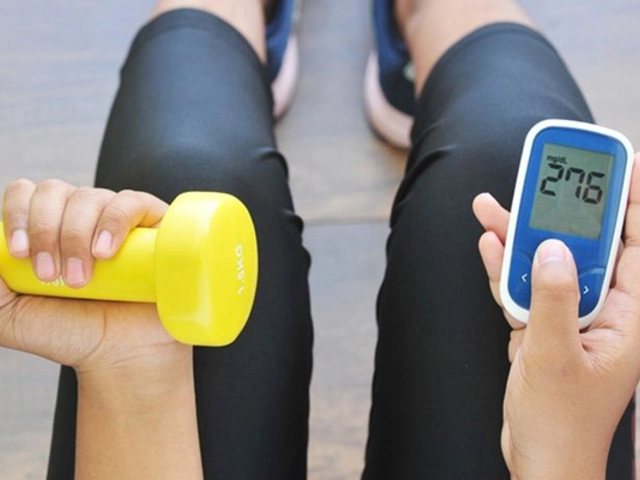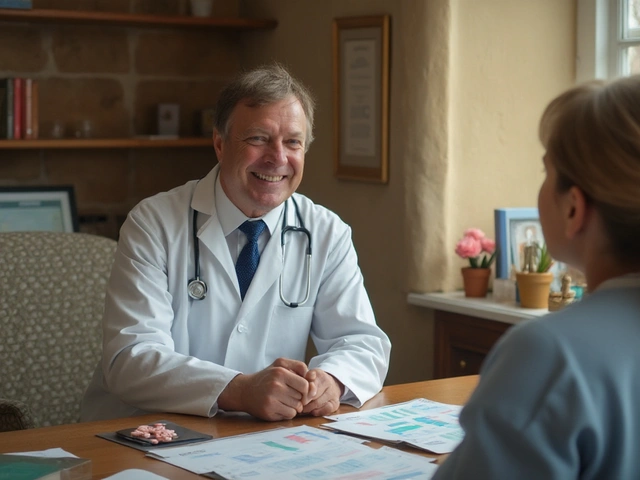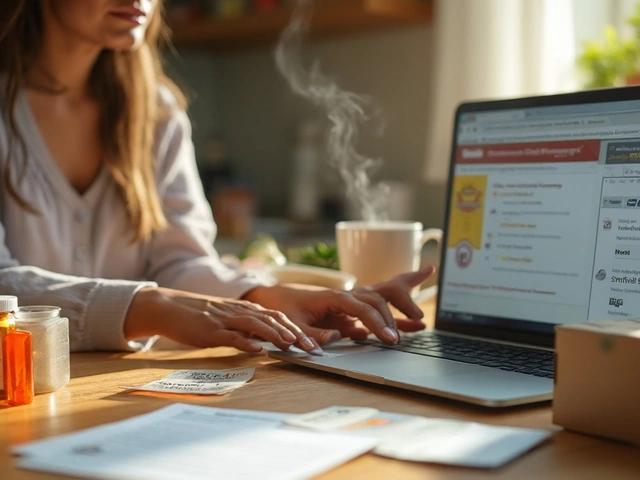Healthcare access: quick, practical steps to get the care you need
Can you afford your next prescription? If not, you have options that don’t involve skipping doses. Healthcare access isn’t just about having insurance. It’s about knowing where to look, how to lower costs, and when to use online or local services wisely.
Find cheaper meds without risking safety
Start by asking your prescriber for a generic. Generics often work the same and cost a lot less. Next, check price comparison tools like GoodRx or Blink Health — they often cut prices at local pharmacies. If you buy online, only use pharmacies that ask for a prescription, display contact info, and show accreditation. Red flags: unbelievably low prices, no pharmacist contact, or requests for payment by strange methods.
Manufacturer savings and patient assistance programs can knock hundreds off the cost of branded drugs. Search the drug’s official website for coupons or copay cards. If you’re on multiple meds, ask your doctor about pill-splitting or longer refills (90 days) — both can cut costs when safe and appropriate.
Use telehealth and online clinics smartly
Telehealth is a fast way to get prescriptions, refills, and follow-ups without the travel time. Services like Lemonaid Health or Ro offer low-cost visits for common issues. Before you sign up, check whether your insurance covers the visit or if the platform lists transparent pricing. Telehealth works well for minor infections, mental health check-ins, medication adjustments, and chronic disease follow-ups — but not for emergencies.
Online pharmacies can help with hard-to-find meds, peptides, or generics. Look for clear shipping policies, verified reviews, and a phone number. If a site helps you buy prescription drugs without a valid prescription, steer clear. For international pharmacies, know the import rules in your country — some meds can’t be shipped safely.
Community clinics and sliding-scale health centers are underused but effective. Federally Qualified Health Centers (FQHCs) and local free clinics offer primary care, screenings, and vaccines based on income. They often coordinate lab work and referrals, which makes them a good first stop if cost is the main barrier.
Screenings like blood pressure and cholesterol tests catch problems early and can save money later. Many pharmacies and community centers run low-cost or free screening days. If you’re managing conditions such as COPD or hypertension, regular checks and early treatment reduce hospital visits.
If a prior authorization blocks a needed drug, ask your provider or pharmacist for help filing appeals or finding alternatives. Pharmacists are great at suggesting therapeutic substitutes and checking drug interactions — a quick call can prevent dangerous mistakes and save money.
Want a simple next step? Make a short list: ask your doctor about generics, search two price comparison sites, check telehealth options, and call your local community clinic. Small choices add up fast and make healthcare access work for you.

Ambrisentan and the LGBTQ+ Community: Bridging Gaps in PAH Treatment
This article explores how ambrisentan, a medication for pulmonary arterial hypertension (PAH), fits into the broader healthcare picture for LGBTQ+ individuals. It takes a close look at why disparities exist, highlights unique challenges faced by this group, and shares practical tips for improving care. Readers will find real insights into both systemic obstacles and ways patients can advocate for themselves. It's all about making sure everyone with PAH gets a fair shot at effective treatment.
Read More




